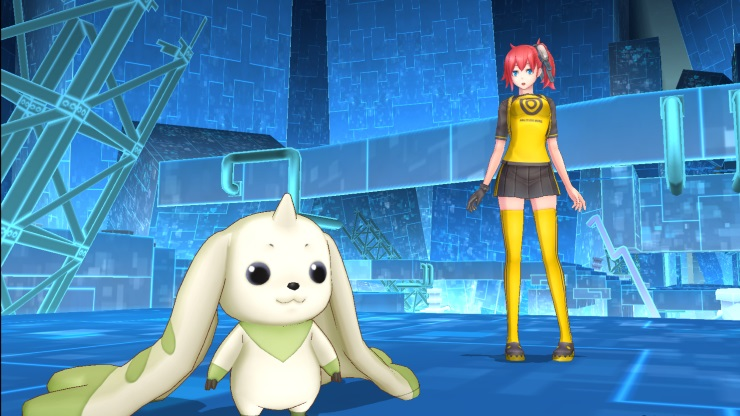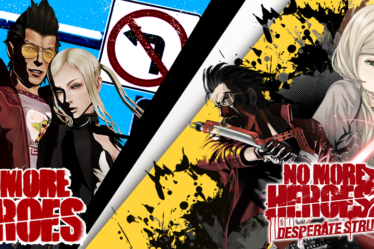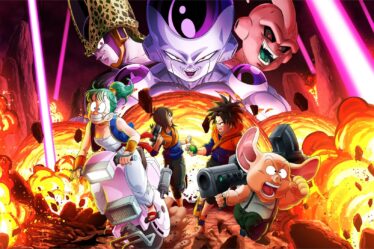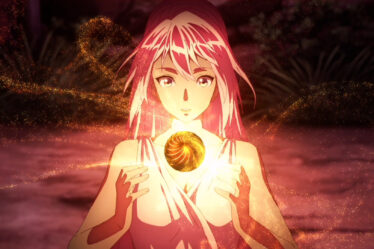
This article was originally published in Italian on GeekGamer.it in 2016.
I know many were eagerly awaiting this new production from Media.Vision (Wild Arms, Chaos Rings), especially after years of starving for a Digimon-themed J-RPG from Bandai, but let me say it straight: what a disappointment. Even the title feels like a statement of intent—gone is the usual “World,” replaced by a mysterious “Story.” And the reason is immediately clear: Cyber Sleuth is a classic J-RPG in the vein of recent Atlus titles, merely dipping its hands into the mythology and imagery of the Digimon gaming franchise (better known in the West for its animated adaptations) without actually retaining its mechanics or themes. To be fair, the distinction between the “Story” and “World” series has existed in Japan for years, but this is the first time we’re seeing it in the West under this nomenclature. Meh.
So yes, it’s true—you’ll find (almost) all the most famous creatures that accompanied kids growing up in the ’90s and early 2000s, between RAI and Mediaset broadcasts, in an epic clash between Nintendo’s pocket monsters and Bandai’s digital ones. But it’s also true that if you removed them and replaced them with any other “catch ’em all” concept, nothing would change.
In Digimon Story: Cyber Sleuth, the protagonists are mainly humans, involved in an original storyline that recycles the same old urban fantasy tropes with sci-fi elements. Digimon are presented as creatures commonly associated with hackers, while the internet is depicted as a three-dimensional space called Eden, where people can dive in and fly from one URL to another as if soaring through a futuristic highway (the game heavily nods to the cyberspace aesthetic of the early Toei movie adaptations directed by Mamoru Hosoda—if you can, watch them in the original language; they’re great). Between one cliché and another (people falling into comas after being injured in the digital world—seriously? Again??) and the usual overstuffed character development typical of modern Japanese scripts, you take on the role of a Cyber Sleuth which, dictionary in hand, means “cyber detective”—not whatever else you were imagining. Losing your physical body temporarily and jumping between reality and the digital world with total nonchalance (since the developers didn’t even bother to differentiate the exploration between the two in a meaningful way), you finally come into contact with the creatures.
To be fair, the narrative aspect—despite testing even the most patient of readers—isn’t entirely bad and actually surprised me a few times with references to LGBT themes, subtle sexual innuendos, and insights into Japanese folklore and pop culture. However, I found the slow pacing extremely irritating, especially since it doesn’t even try to break away from the tired trope of virtuous hacker protagonists vs. an evil tech conglomerate with no plausible motivations. This lack of originality in writing is mirrored by a total absence of innovation on the gameplay front. The battle system is competent but extremely derivative, and the digital creature management is comparable to any Shin Megami Tensei title from the past fifteen years.
Now, I could go on about the complex system crafted by the Wild Arms creators—soon-to-be developers of Valkyria: Azure Revolution, for which I’m now crossing all my fingers—to manage the customization and evolution of the (pseudo) protagonists. Each creature not only has an elemental affiliation but also a digital type that contributes to an intricate weakness system to consider in battles, etc., etc. But in reality, most of your time is spent yawning through one filler mission after another—all structured the same way—with a difficulty level so low that I was able to tackle even boss fights by letting my party’s AI handle everything. This balancing issue was already noted in Japan, prompting the developers to patch in an exclusive higher difficulty level for Western audiences, which I can only recommend unless you really want to spend your time just admiring the polygonal models of the creatures.
Because yes, the biggest merit of Digimon Story: Cyber Sleuth is undoubtedly showcasing the best cel-shaded renditions of the most beloved Digimon to date. Just over two hundred digital monsters—not the full ever-expanding bestiary, unfortunately, but enough to send into a nostalgic frenzy anyone still clinging to those afternoons on Rai 2 with Tai, Matt, Sora, Izzy, Mimi, and Joe… and I know you just read that list while mentally humming the original theme song medley. Not that the rest isn’t appealing—the sharp (perhaps overly self-referential) character design by Suzuhito Yasuda (Durarara!!, Baccano!, Shin Megami Tensei: Devil Survivor) is, as always, a pleasure to look at, especially thanks to a vibrant color palette that shines on the PS Vita screen. But that same aesthetic takes a hit on PS4, where larger screens immediately expose the game’s low-budget nature: few explorable 3D maps (expect a LOT of backtracking), a barebones amount of cinematics, and tons of visual novel-style narration, where dialogues tell you what’s happening rather than actually showing it. A shame.
To wrap things up, a quick thought: since this game was meant to celebrate the fifteenth anniversary of Toei’s first Digimon anime adaptation, wouldn’t it have made more sense to localize a remaster of Digimon Adventure—the Japan-exclusive PSP J-RPG that faithfully followed the plot of the first season? It would have undoubtedly had far greater commercial appeal in the West.
After months of anticipation, multiple unlocalized Digimon titles, petition campaigns, hopes thrown into the void of the internet, and so on, Digimon Story: Cyber Sleuth lands as a bitter disappointment. Hardcore Digimon fans, starved for any adventure featuring their favorite digital monsters, won’t mind, of course. But personally? I can’t bring myself to recommend this half-hearted attempt at mimicking far better games.


